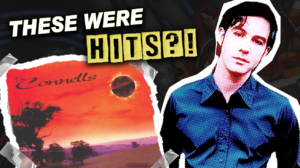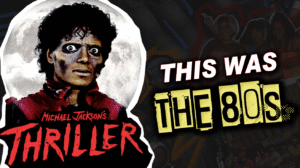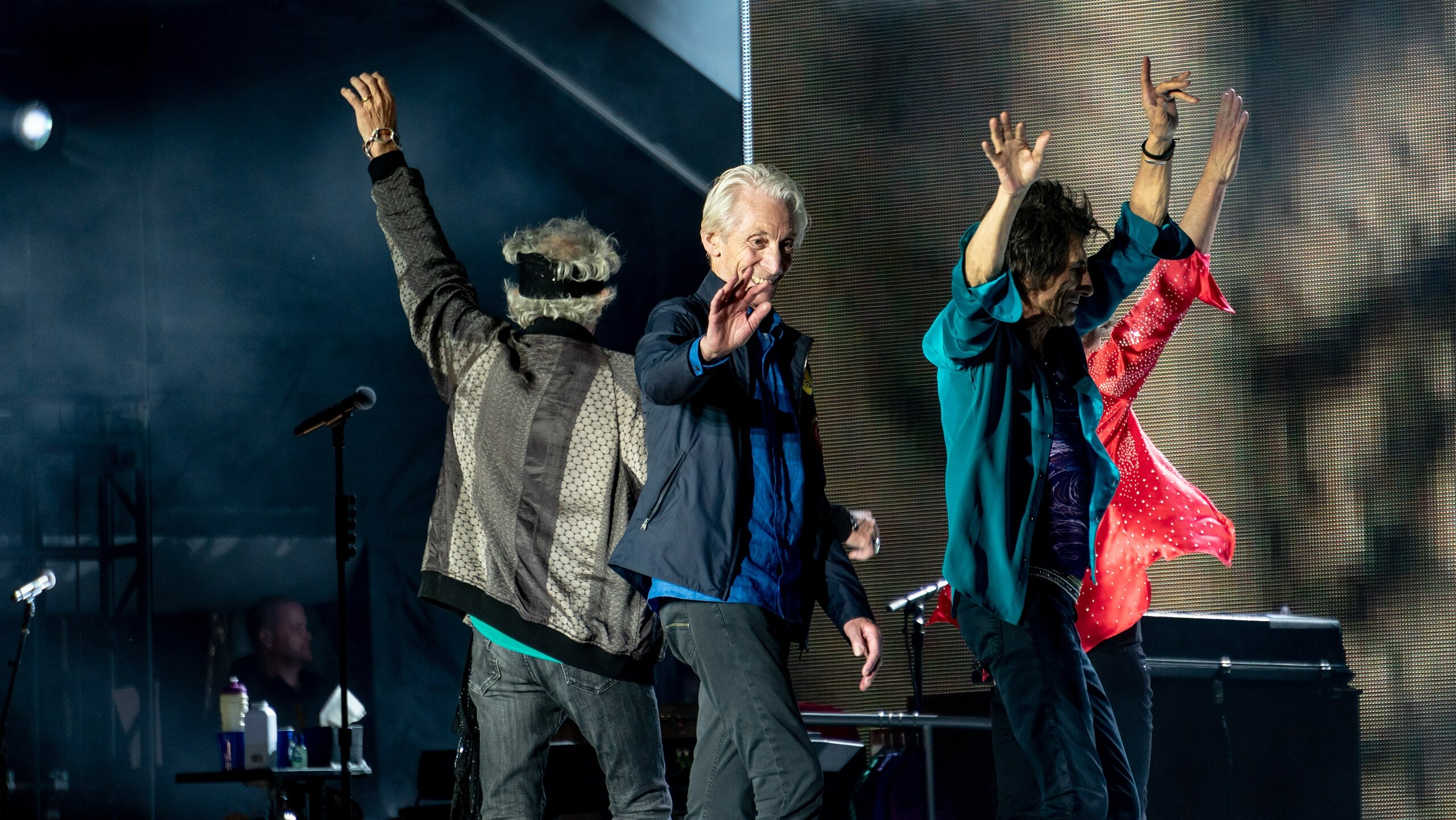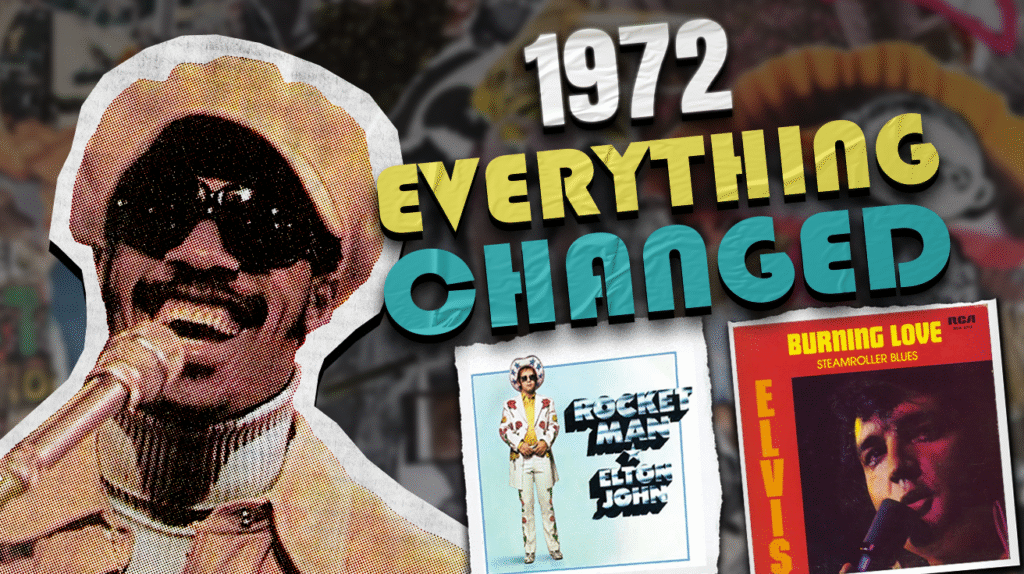
The year 1972 reverberates with echoes of change and innovation in music. As cultural shifts swept through society, a generation found its voice through unforgettable melodies and revolutionary sounds. These chart-toppers didn’t just dominate radio waves—they captured the spirit of an era poised between tradition and rebellion. Each track reflects a spectrum of emotions and musical innovations that continue to influence artists today. Ready to rediscover the sounds that painted 1972 in vibrant, unforgettable colors?
12. Burning Love – Elvis Presley
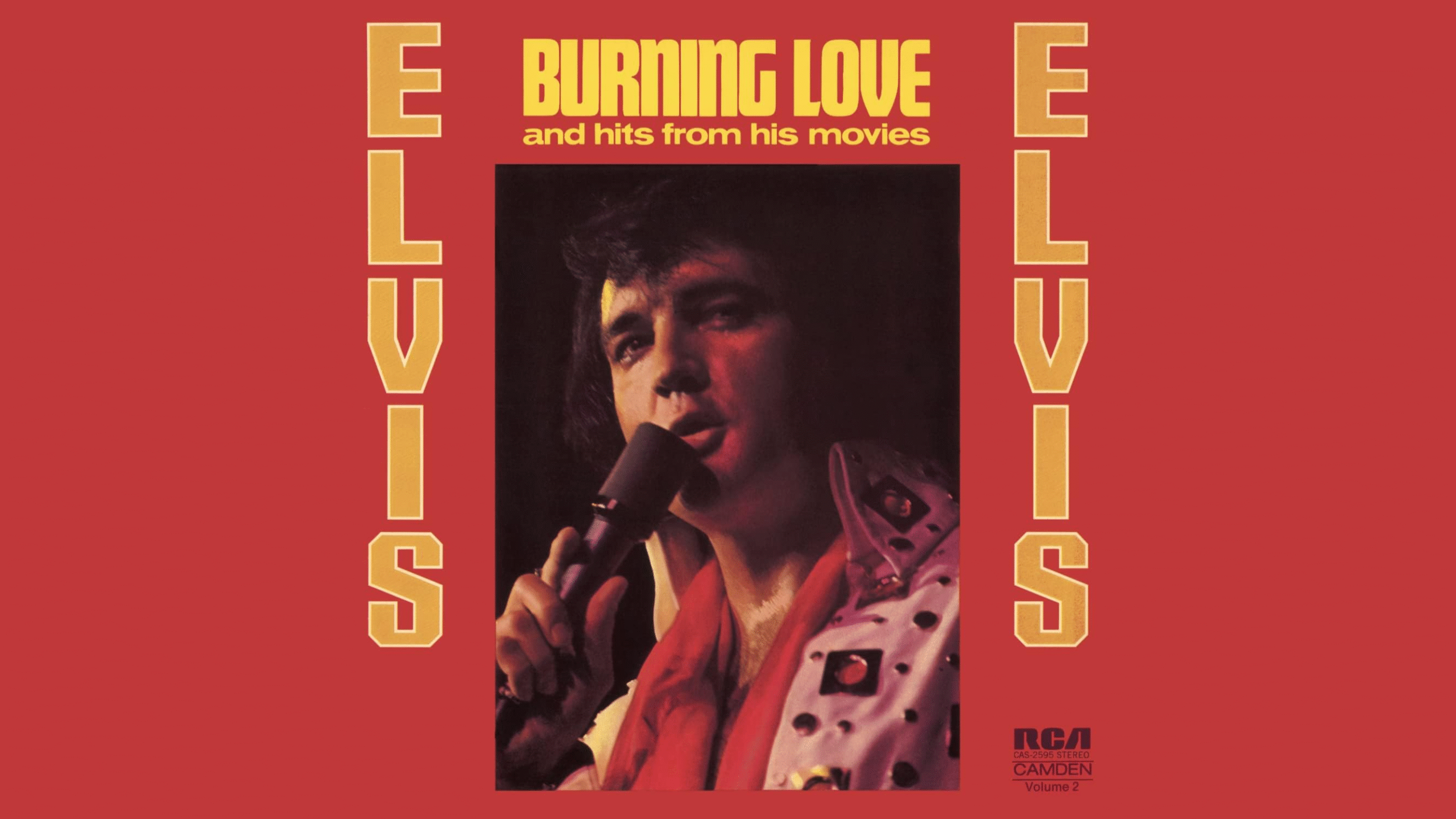
Released in March 1972, “Burning Love” exploded onto charts with unmatched intensity, peaking at #2 on Billboard’s Hot 100. Many casual music fans might not realize this marked Elvis Presley’s biggest hit of the 1970s. Its driving beat and vibrant horns created an irresistible energy that reminded the world of The King’s enduring talent. If you had a time machine, listening to this song live while enjoying other long gone 70’s amenities would really show the genius behing the piece.
When you hear those opening drum beats today, you might be surprised you’re listening to a fifty-year-old track rather than a fresh sound that defies categorization. The song arrived as rock was splintering into countless subgenres, yet Elvis managed to stay relevant by adapting while maintaining his unmistakable vocal power.
11. Take It Easy – Eagles

Written by Jackson Browne and Glenn Frey, “Take It Easy” became an instant road trip anthem when released in May 1972. Its breezy guitars and smooth harmonies captured that perfect easygoing vibe that defined early Eagles sound, blending rock with distinctive country influences.
You’ve probably caught yourself humming along to that unforgettable line about not letting the sound of your own wheels drive you crazy. The track peaked at #12 on Billboard Hot 100 and helped establish Eagles as a dominant force in 1970s rock music. What many don’t know is that Browne had abandoned the nearly-finished song until Frey helped complete it, forever changing American rock history.
10. A Horse With No Name – America
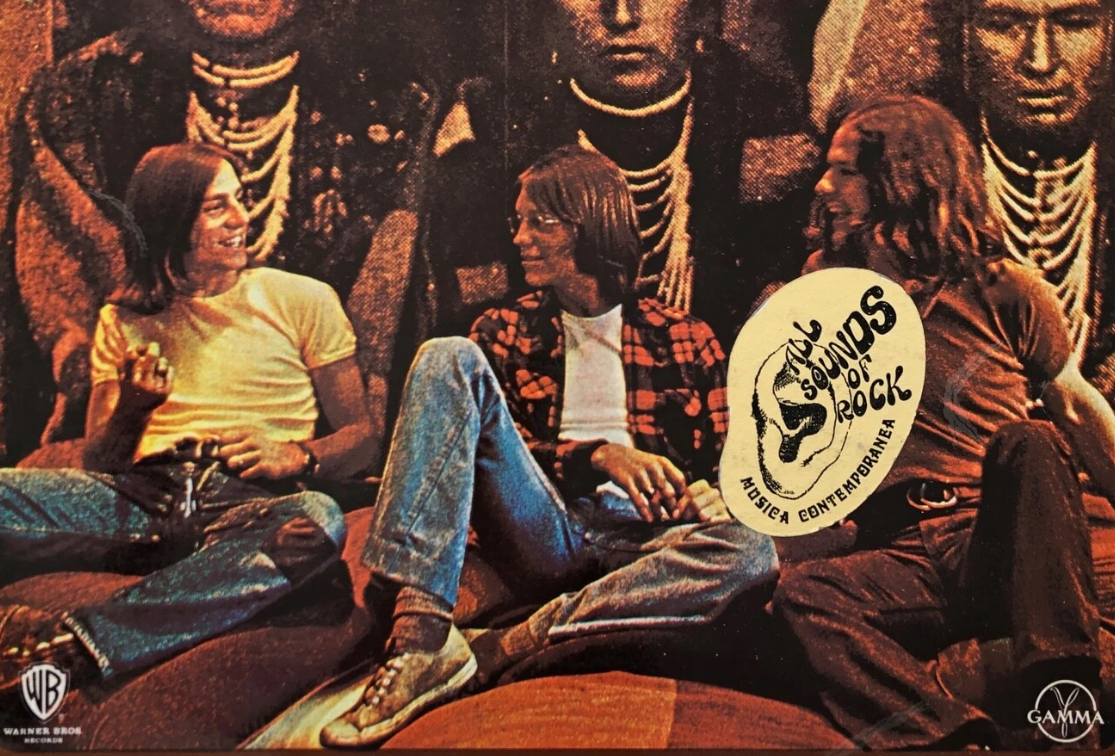
“A Horse With No Name” inspires endless speculation fifty years after hitting #1 on the Billboard charts. Some suggest it represents self-discovery; others think it’s an escape from modern life. The song’s cryptic lyrics fuel ongoing debates while its minimalist sound and haunting melody continue to captivate new generations.
The track emerged during America’s environmental awakening, with the first Earth Day celebrated just two years earlier. You might notice how the lyrics evoke both natural beauty and desolation, reflecting growing ecological consciousness. David Bowie famously rescheduled the release of “Starman” when this song dominated charts, recognizing its cultural power.
9. Rocket Man – Elton John

Blending science fiction with raw emotion, “Rocket Man” continues to resonate with audiences worldwide. The song takes inspiration from Ray Bradbury’s works with Bernie Taupin’s introspective lyrics fueling this cosmic exploration of loneliness and isolation.
When you experience Elton’s piano creating otherworldly textures, his masterful keyboard performance weaves haunting melodies into a powerful emotional landscape. Released during the Apollo 16 mission to the moon, it captured public fascination with space exploration while exploring the human cost of technological progress. William Shatner’s infamously bizarre 1978 spoken-word cover has become a cult classic, demonstrating the song’s enduring cultural pull.
8. I’ll Take You There – The Staple Singers
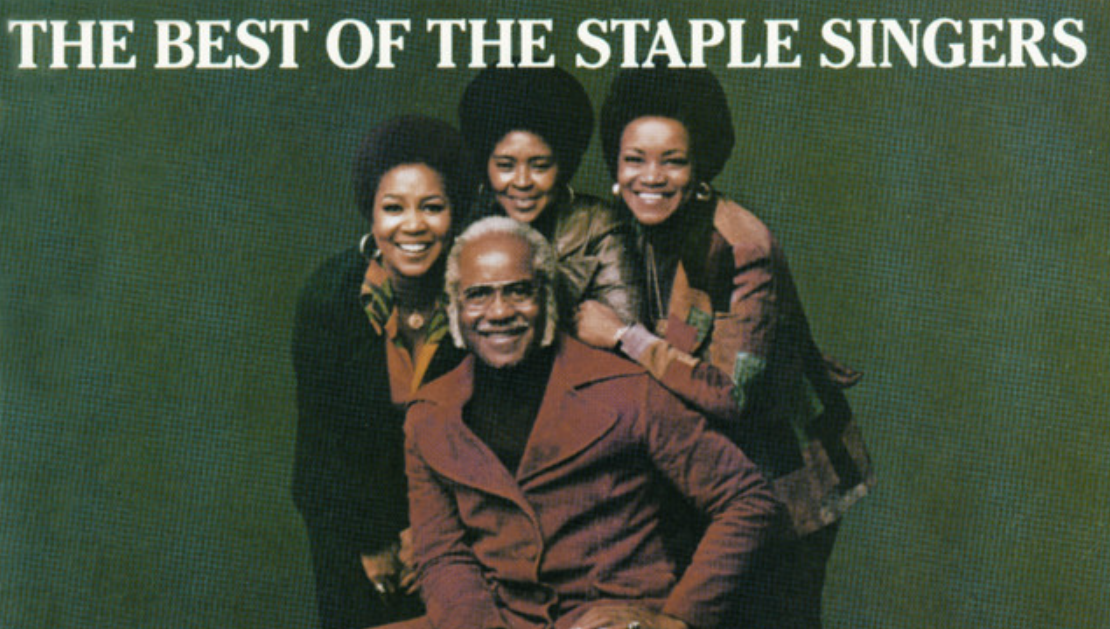
“I’ll Take You There” offered solace during social unrest with its gospel-inspired call and response creating a sense of unity. Mavis Staples’ powerful voice lifted spirits as the groovy bass line invited listeners to rise above challenges.
The song connected with diverse audiences through its uplifting message during a period of intense political division following the Vietnam War and ongoing civil rights struggles. Released in May 1972, it reached #1 on Billboard R&B and #2 on Hot 100 singles chart. You’ve likely heard this track sampled in over 30 hip-hop songs, including hits by Salt-N-Pepa and Bone Thugs-n-Harmony, extending its cultural impact across generations.
7. Me and Mrs. Jones – Billy Paul
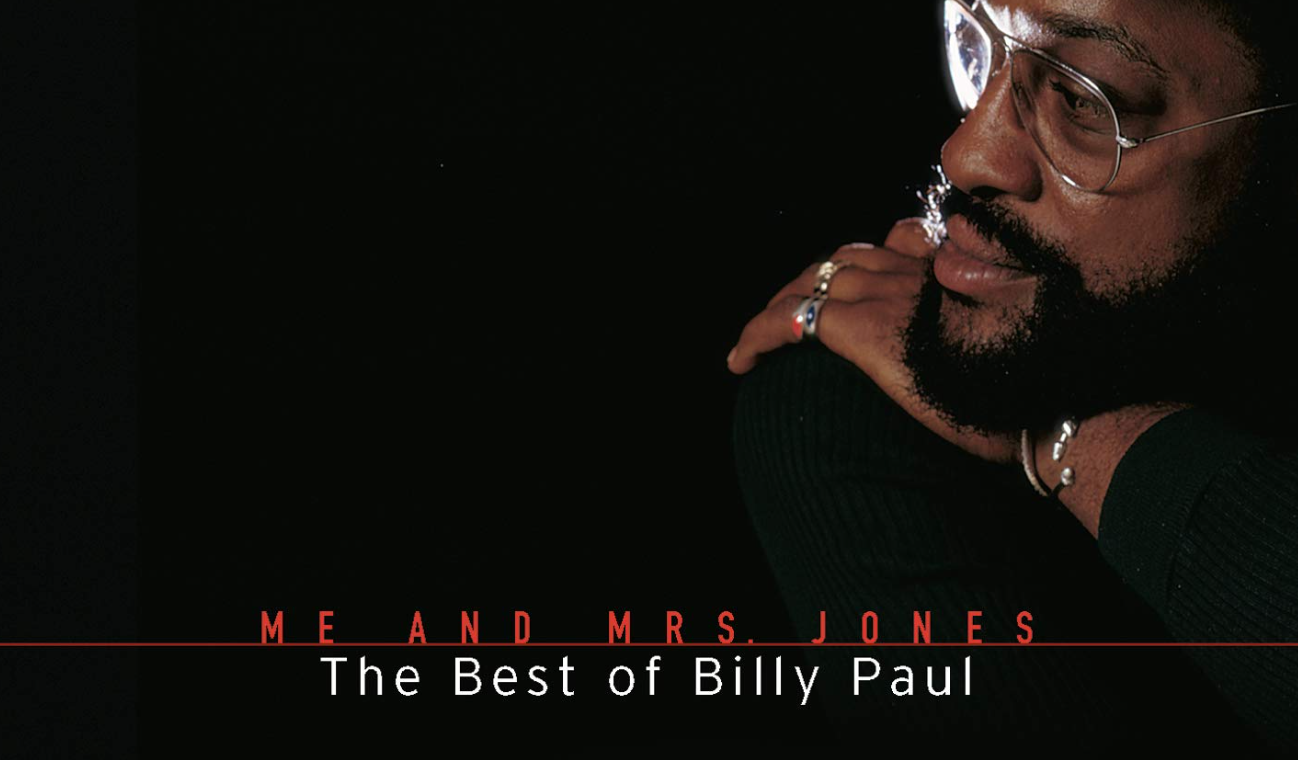
Billy Paul dove into complex desire with “Me and Mrs. Jones.” This unforgettable ballad chronicled a forbidden love with smooth vocals and lush orchestration capturing the passion behind a secret affair.
The song’s poignant lyrics had listeners hooked despite addressing themes considered taboo in mainstream music of the era. Paul’s Grammy Award-winning recording reached #1 on Billboard Hot 100 in December 1972. When you listen closely to the production, you’ll discover the track was one of the first to use the Fender Rhodes electric piano as a signature sound, helping define Philadelphia soul and influencing decades of R&B production techniques.
6. You’re So Vain – Carly Simon
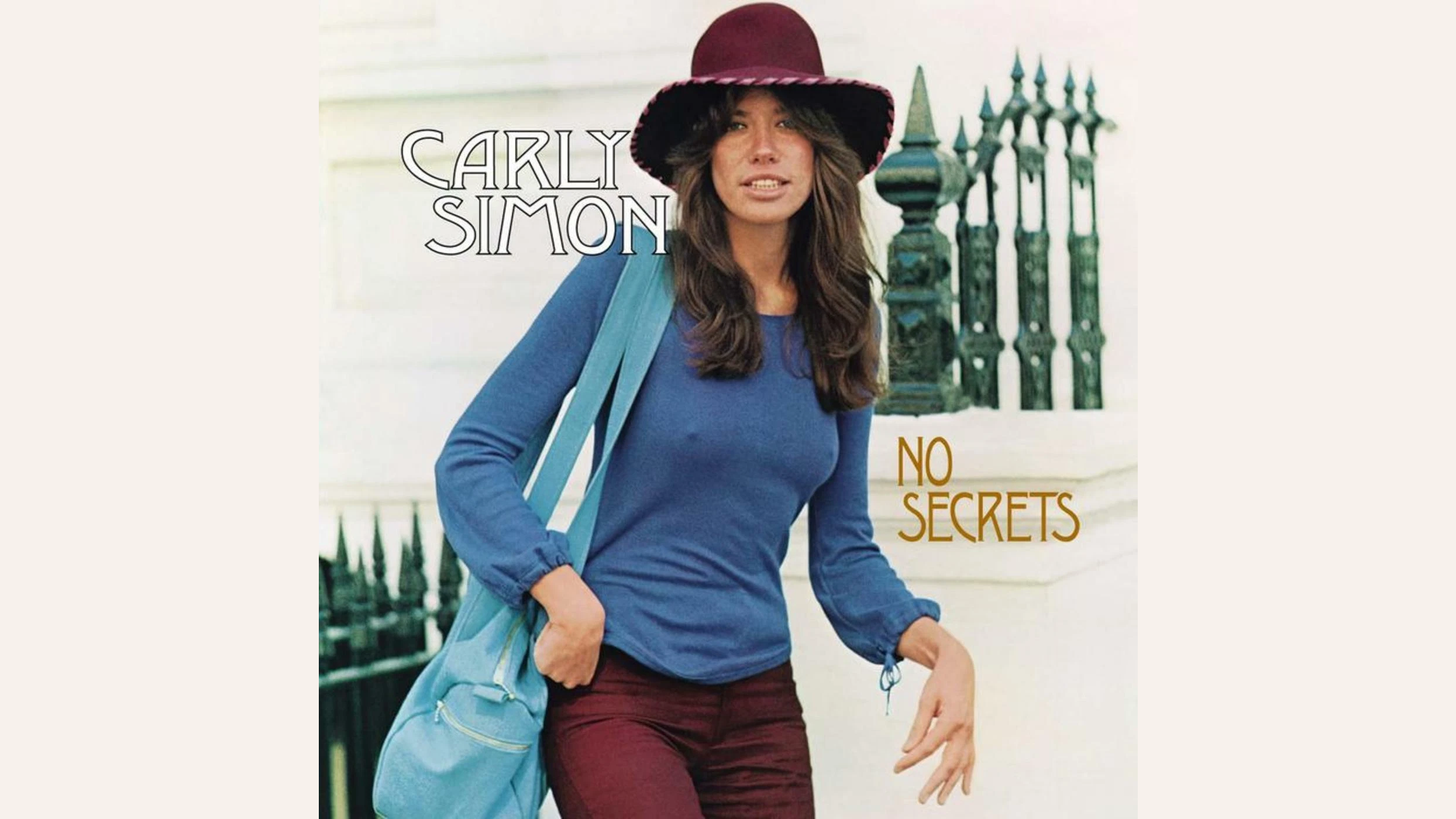
“You’re So Vain“ took the world by storm in late 1972, and the mystery behind its subject amplified its allure. The guessing game about who inspired this scathing kiss-off has kept fans intrigued for decades of media speculation, turning a hit song into a cultural phenomenon.
The track arrived as second-wave feminism gained momentum, with its assertive female perspective resonating with changing gender dynamics. You might catch Mick Jagger’s uncredited backing vocals if you listen carefully—adding another layer to the speculation about the song’s subject. Simon reportedly revealed the answer to Taylor Swift during a performance together, creating an intergenerational musical secret that continues to drive conversation.
5. The First Time Ever I Saw Your Face – Roberta Flack
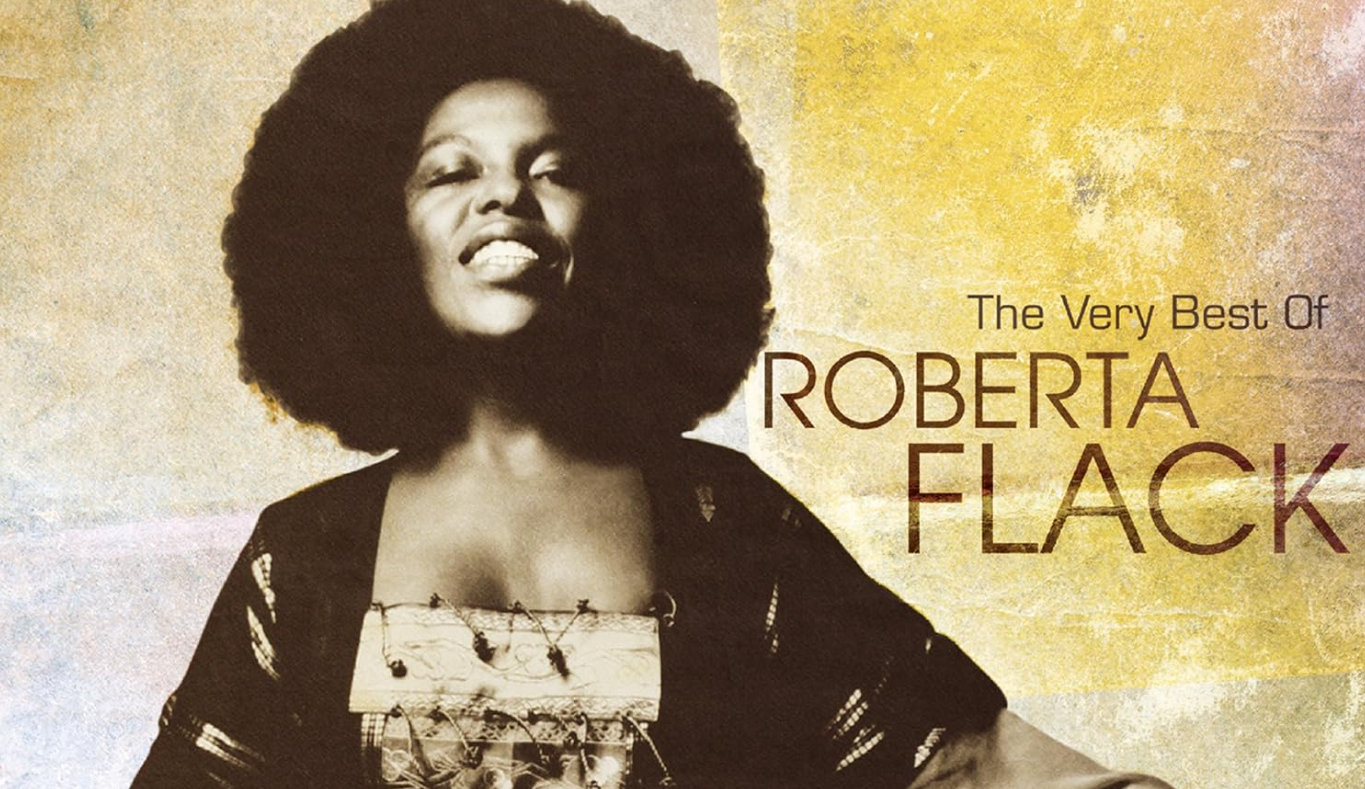
Before Roberta Flack, “The First Time Ever I Saw Your Face” was merely a folk tune written by Ewan MacColl in 1957. Her soulful rendition transformed it into a tender ballad that captured true love’s depth with emotional power that still resonates today.
Flack’s stripped-down arrangement features a single, gentle piano that conveys volumes of emotion. This minimalist approach allowed it to become a soul classic that won the Grammy Award for Record of the Year in 1973 after reaching #1 on Billboard Hot 100. The song gained massive exposure when featured in Clint Eastwood’s directorial debut “Play Misty for Me,” creating one of music’s most successful film partnerships. When you hear the track’s deliberate pacing, you’re experiencing a recording that was slowed down significantly from its original folk tempo.
4. Superstition – Stevie Wonder
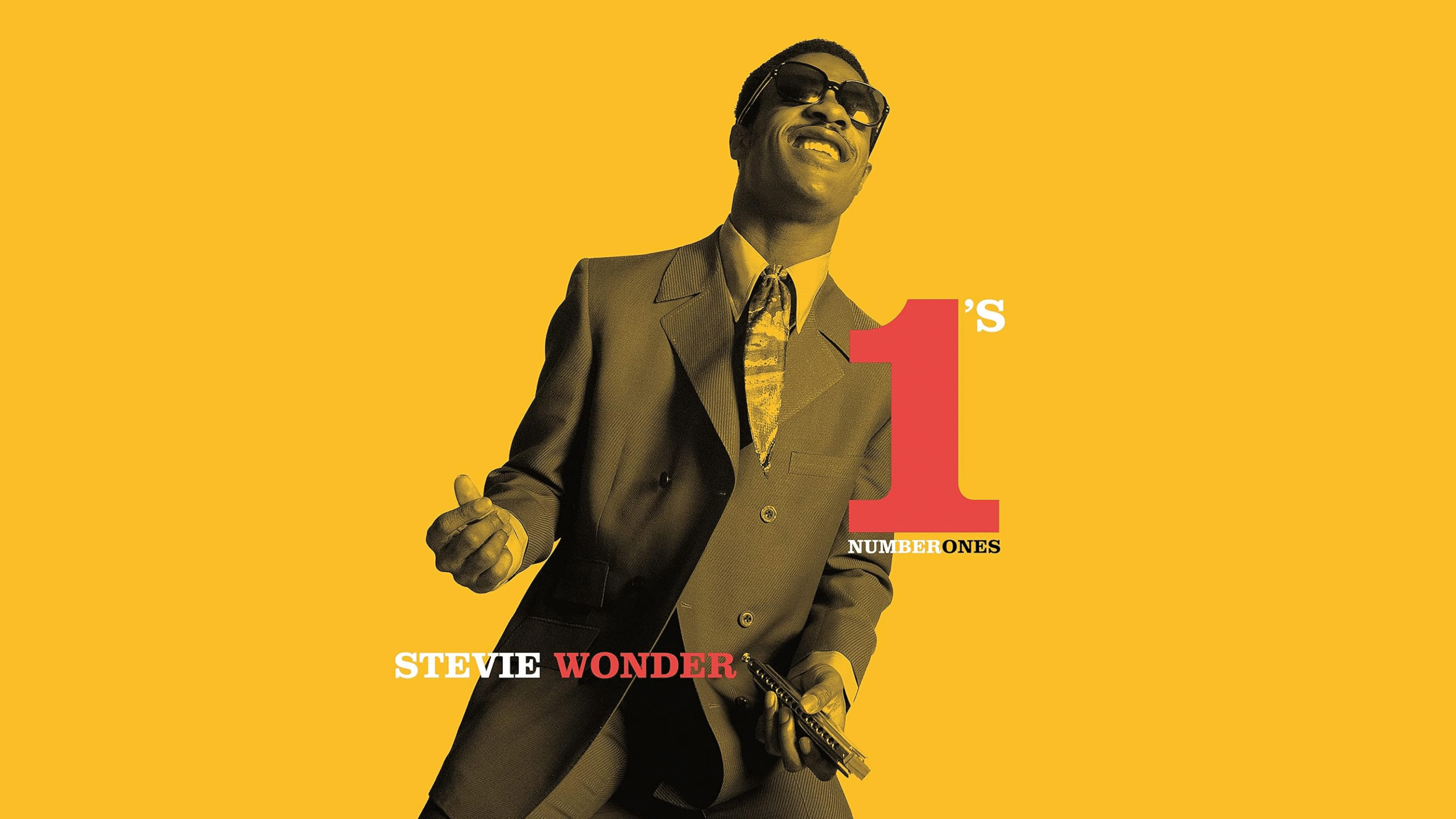
Released in October 1972, “Superstition” features a funky clavinet riff and beat that blended funk, rock, and soul into something entirely new. This innovative track has made Stevie Wonder one of the most cited influences among modern funk musicians.
When you feel the groove kick in, you’re experiencing Wonder’s revolutionary fusion of technological innovation with social consciousness, as the song challenged both mystical thinking and systemic oppression simultaneously. The track reached #1 on Billboard R&B chart and #3 on Hot 100. What many don’t know is that Wonder originally wrote the song for Jeff Beck, changing music history when Motown convinced him to record it himself first—a decision that helped launch Wonder’s most critically acclaimed period.
3. Heart of Gold – Neil Young
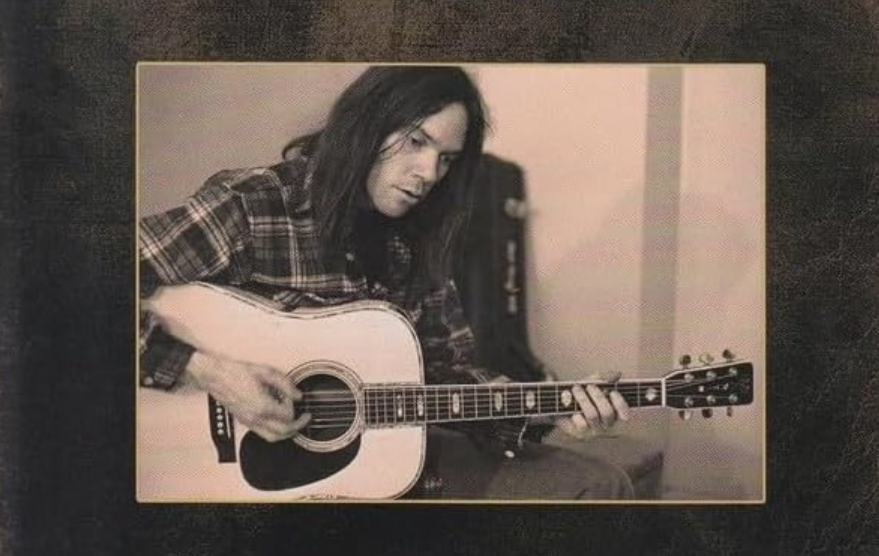
Neil Young’s “Heart of Gold” perfectly captures the longing for goodness that defined the early ’70s. The song’s gentle, haunting melody reflects Young’s search for meaning through simple yet profound lyrics that resonate with anyone seeking something pure in an imperfect world.
You might be surprised to learn Young recorded this track while suffering from a back injury that prevented him from standing comfortably with an electric guitar, pushing him toward the acoustic sound that defined this era of his work. The track reached #1 on Billboard Hot 100 in March 1972, becoming Young’s first and only chart-topper. The song arrived as the counterculture’s optimism faded, offering a more introspective approach to societal disillusionment that connected deeply with post-Woodstock audiences.
2. Lean on Me – Bill Withers
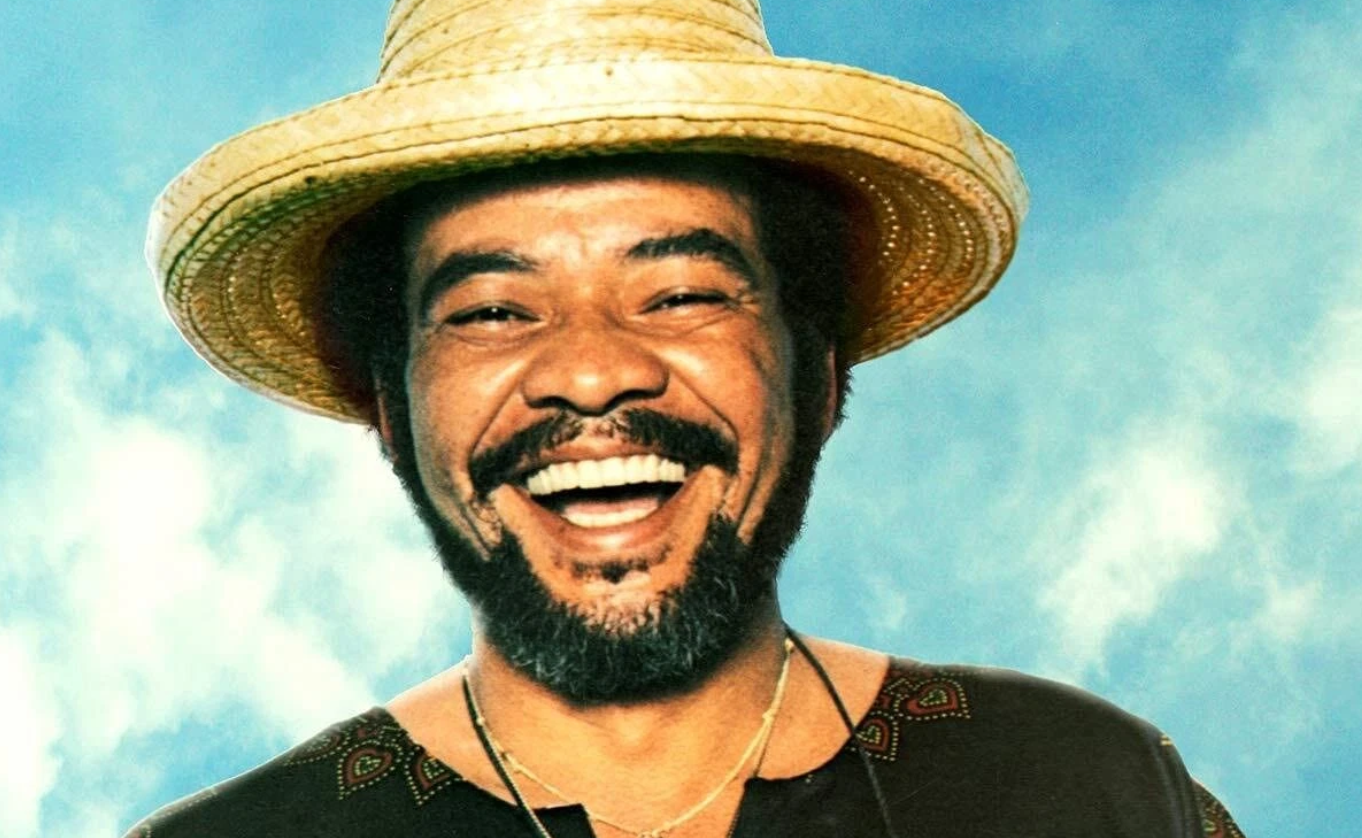
“Lean on Me” acts as a beacon of hope with simple piano chords offering comfort during challenging times. The song sends a message of community support that feels like a warm embrace, providing a sense of safety when life gets overwhelming.
When you hear the distinctive walking bass line, you’re experiencing Withers’ unique approach to soul that drew from gospel traditions while speaking to universal human needs. Frequently featured in social campaigns over the decades, this timeless anthem continues to inspire. What’s truly remarkable is that Withers, a former factory worker who assembled airplane toilets, wrote this enduring classic just two years after teaching himself to play piano, proving that authentic emotional connection often trumps technical complexity.
1. American Pie – Don McLean

“American Pie” transcended typical pop constraints with its eight-and-a-half minute runtime and complex lyrics chronicling what McLean called “the day the music died.” Released in late 1971 but dominating charts throughout 1972, this folk-rock epic became a cultural touchstone for a generation processing the rapid changes in American society.
The song arrived as America grappled with its post-60s identity, speaking to a generation’s lost innocence through coded references to cultural touchstones. When you find yourself effortlessly singing along to the chorus while pondering the verses’ meaning, you’re participating in a five-decade tradition that continues with each new listener. The song’s original manuscript sold for a staggering $1.2 million in 2015, confirming its status as not just a hit song but a piece of American literary and musical heritage that continues to provoke debate and interpretation.




